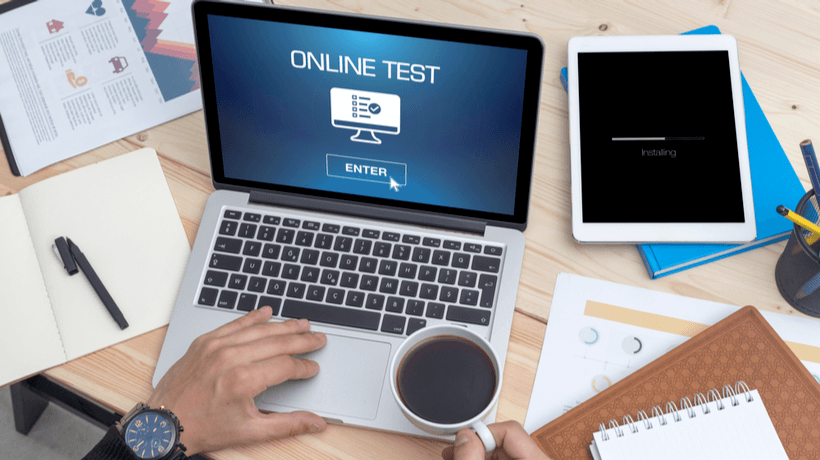Online learning has become the norm in the current pandemic situation affecting the education industry worldwide. Despite the challenges, educational institutions have been able to adapt to the changing situation and continue providing quality education to their students. This has led to the adoption of remote online proctoring solutions among universities, as a secure way of conducting online exams.
In this article, we will delve into the world of remote online proctoring and what educational institutions should consider when implementing an online proctoring software solution.
Understanding Remote Online Proctoring Solutions
Remote online proctoring is an online examination process that involves monitoring students during an exam through a combination of audio, video, and screen-sharing features. The remote proctoring software ensures that all exam rules and regulations are followed and that there is no foul play.
There are two types of remote proctoring solutions: real-time proctoring and recorded proctoring. Real-time proctoring involves a proctor monitoring a student in real time, whereas recorded proctoring involves the exam being recorded and then reviewed by a proctor later.
Benefits of Remote Online Proctoring
Implementing remote online proctoring solutions has its advantages. Firstly, it has enabled educational institutions to conveniently monitor students during online exams without them having to be physically present. Secondly, it saves time and resources previously required by in-person proctors.
The use of remote online proctoring solutions has also enhanced the level of security and integrity while conducting online exams. Furthermore, it has facilitated flexibility, allowing students to take exams at a time of their choosing without relying on physical locations.

Selecting an Online Proctoring Software Solution
When implementing an enterprise online proctoring software solution, there are some factors that educational institutions should consider. Foremost, the software should be user-friendly, allowing both students and proctors to navigate through it easily. It should also support multiple exam types such as multiple-choice, essay, and practical exams.
Additionally, the software should have secure authentication protocols to ensure that students are who they claim to be. There should also be reliable online helpdesk support to ensure that any technical issues are swiftly resolved. Finally, the price should be cost-effective, allowing educational institutions to save on costs without compromising on the quality of the solution.
Best Practices for Remote Online Proctoring
To ensure that remote online proctoring is successful, educational institutions should consider implementing the following best practices.
- Inform students about the entire process to avoid any confusion.
- Conduct mock tests to acquaint students with the system.
- Implement a secure authentication protocol, such as biometric authentication, to ensure that students are who they claim to be.
- Keep a record of exam violations detected during online tests.
- Review the recorded exams as soon as possible to ensure that any malpractice is detected and dealt with promptly.
In Summary
Implementing remote online proctoring solutions in universities has many benefits. It has enabled educational institutions to conduct exams securely and efficiently. Selecting the right online proctoring software solution and implementing best practices is essential to ensure that the benefits are realised. As education continues to evolve in the digital age, remote online proctoring remains a reliable option for conducting online exams.




